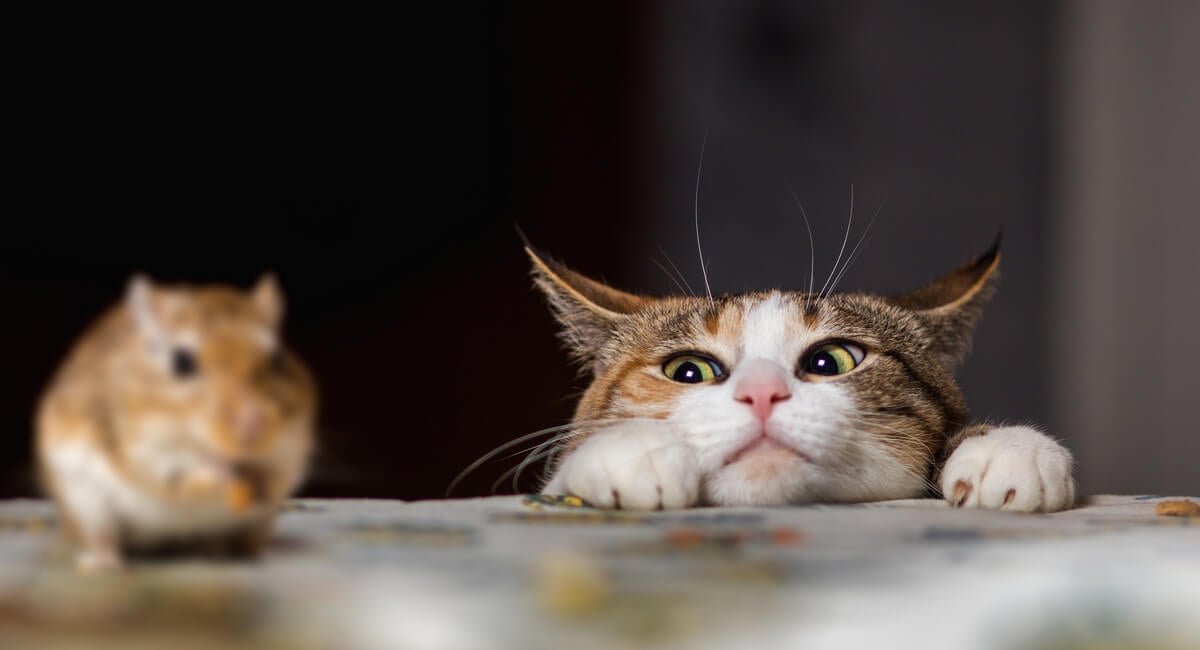As the warm weather approaches, you’re probably looking forward to spending more time outdoors. Spring and summer can be especially enjoyable for pet owners as the warmth and sunshine provide more opportunities to get outside with your companion. However, all pet owners should be cautious of pests.
Fleas, ticks, mites, and other pests can latch onto your pets and wreak havoc on your home. An infestation puts your health and the health of your pets at risk – and it can be costly and stressful to deal with. If you have a pet, you should understand why pest prevention is so important and what you can do to reduce the risk of pest problems.

Why Pet Pests Are So Dangerous
An infestation is one of the most uncomfortable and stressful issues a homeowner can experience. When you know you’re sharing your house with tiny, unwanted critters, you can never fully relax. Pests are more than just a nuisance, though. Bugs like fleas and ticks pose a serious threat to you and your pets’ health.
Many pests, including fleas, ticks, and mosquitos, latch onto the skin and drink the blood of their target. A severe flea infestation can result in significant blood loss for dogs or cats, which causes a wide variety of other health issues. The presence of fleas or other pests on the skin can also lead to significant irritation and itchiness. Your pets may scratch aggressively at their skin to ease the discomfort, but this only worsens the irritation in the long run.
Certain pests carry dangerous illnesses, as well. For instance, ticks can carry Lyme disease, which both humans and animals are vulnerable to. Lyme disease causes muscle pain, fever, fatigue, and a number of other unpleasant symptoms. If it goes untreated for too long, it can cause lasting health complications. Mosquitoes are also incredibly dangerous for both humans and pets. These insects can carry viruses with serious and sometimes life-threatening symptoms.

Identifying Common Pet Pests
Infestations often begin with the pests taking up residence in your yard. If the conditions around your home are favorable for critters, they’ll start to multiply. Then, they can easily attach themselves to your pets and invade your home. The earlier you notice the problem, the easier it will be for you to get rid of the pests.
The following are some of the most common signs of a pet pest problem:
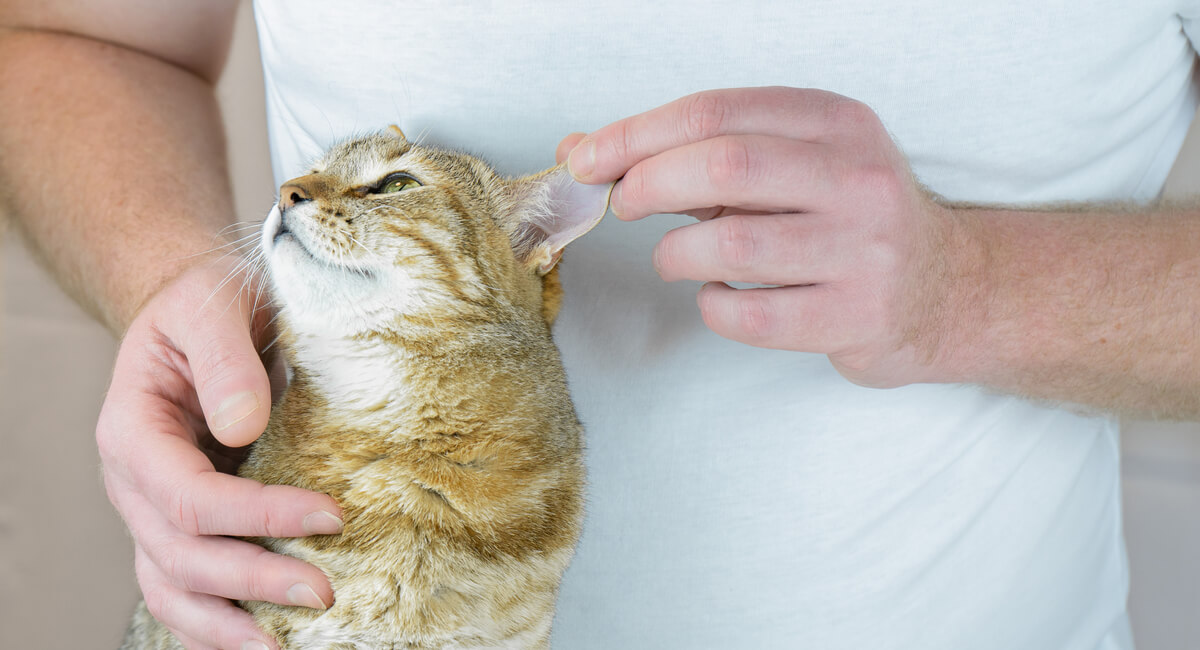
Abnormal Pet Behavior
Although your pets can’t communicate with you verbally, their behavior can be telling. If you notice your dog or cat scratching or biting themselves more often than usual, they may have a pest issue. You might start to notice hair or fur loss because they’ve been scratching so much. In severe cases, your pet may start acting lethargic or fatigued. This can be a sign that the pests are taking a toll on your pet’s health.
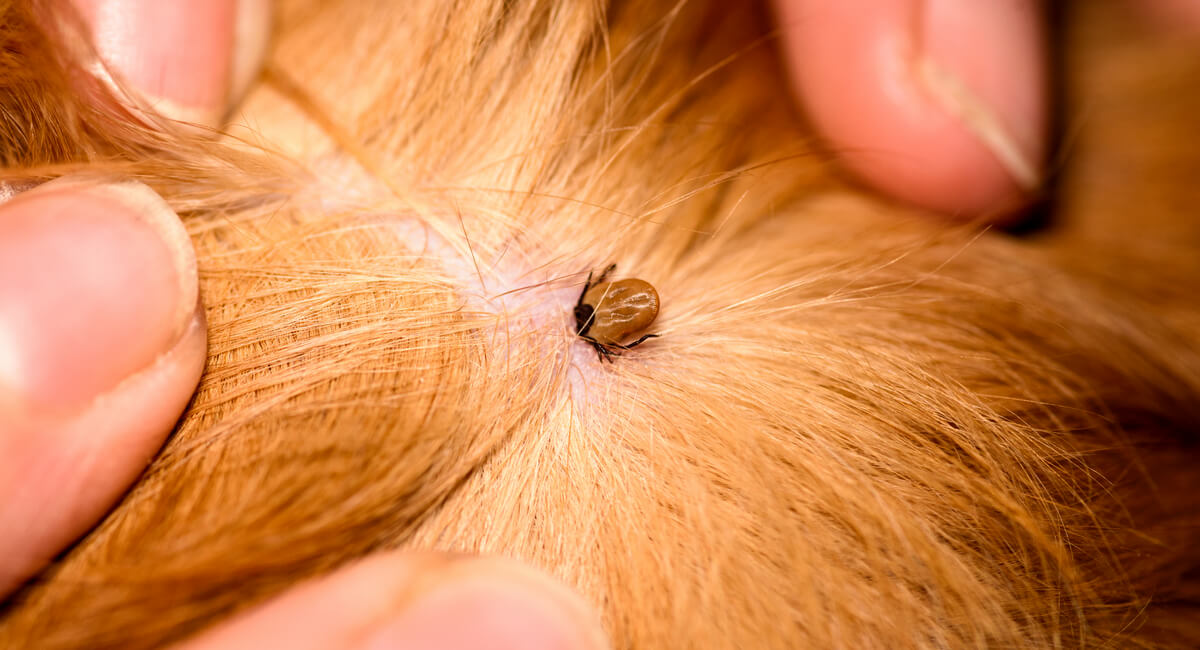
Bites
Bite marks are another common sign of an infestation, especially with fleas. You may see small, red bumps in clusters on your pet’s skin. If your entire home is infested, you’ll likely see the bites on yourself as well. On humans, flea bites usually appear on the feet and ankles.
Mites can cause noticeable marks on your pets’ skin, too. You may see small, hard bites where the pests have burrowed into the skin. Your pet may also get patches of crusty, irritated skin from excessive scratching.
Tick bites can be more difficult to identify on pets because it’s more common to see a singular bite than a group of bites. A tick bite usually looks like a hard, red bump with a rash around it. You may see the tick itself embedded in the skin, too.
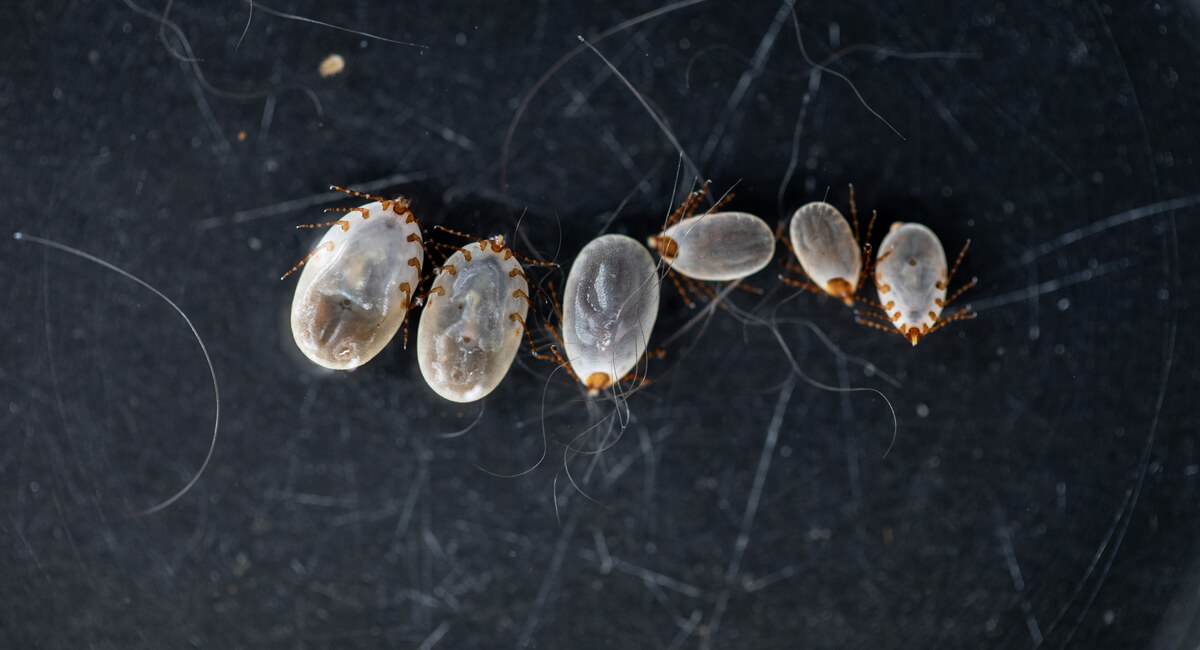
Eggs and Larvae
Depending on how severe the pest issue is, you may or may not see adult bugs on your pet’s skin or fur. You might be more likely to see the eggs or larvae, particularly with fleas. Eggs will look like tiny white ovals, and larvae will look like small white worms. Pests may also burrow eggs in bedding or furniture.
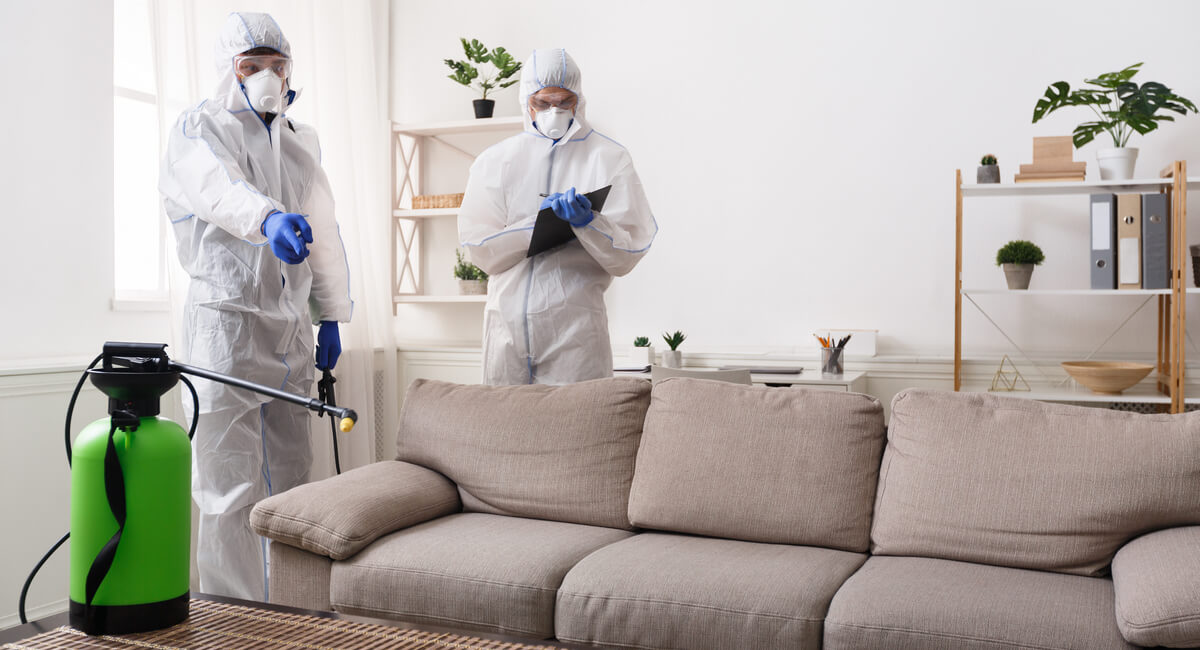
Protecting Your Home From Pests
Preventing a pest problem is far easier than eliminating an existing one. If you have pets, you should always take preventative measures to reduce the risk of fleas, ticks, and other pests. Here are five tips for protecting your home against pet pests:
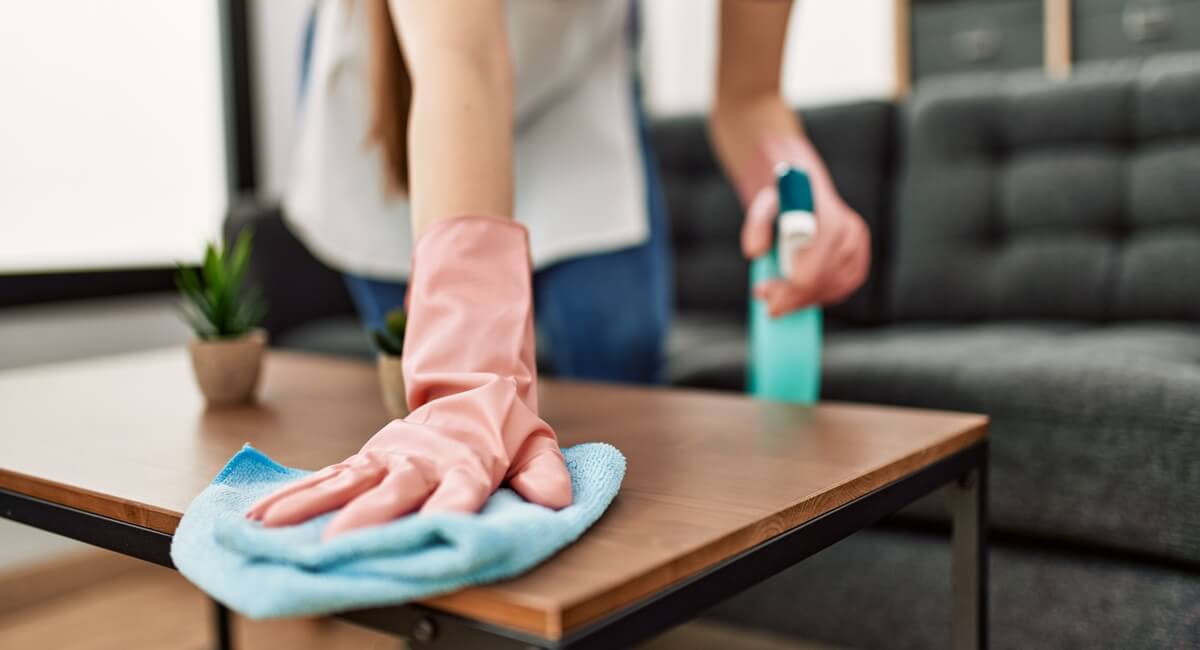
Clean Regularly
Keeping your home as clean as possible will reduce the risk of pests multiplying. Cleaning frequently also gives you more opportunities to spot signs of an infestation. You should be especially careful with carpets, bedding, and upholstered furniture as pests can easily burrow and hide in these materials. Vacuuming is one of the best ways to remove pests and their eggs, but you should dispose of the vacuum bag right away. Wash your pets’ beds, toys, and other belongings regularly, too.
Bathe Your Pets
Regular baths are a great way to keep your pets’ skin and fur healthy. Most dogs should be bathed once every couple of months, but the frequency can vary depending on the type of dog and their lifestyle. Cats tend to be much less receptive than dogs to baths, but it may be helpful to bathe your cat on occasion if they go outdoors. Opt for a shampoo that’s formulated to prevent or kill pests. If you’re not sure what shampoo to use, consult with your veterinarian.
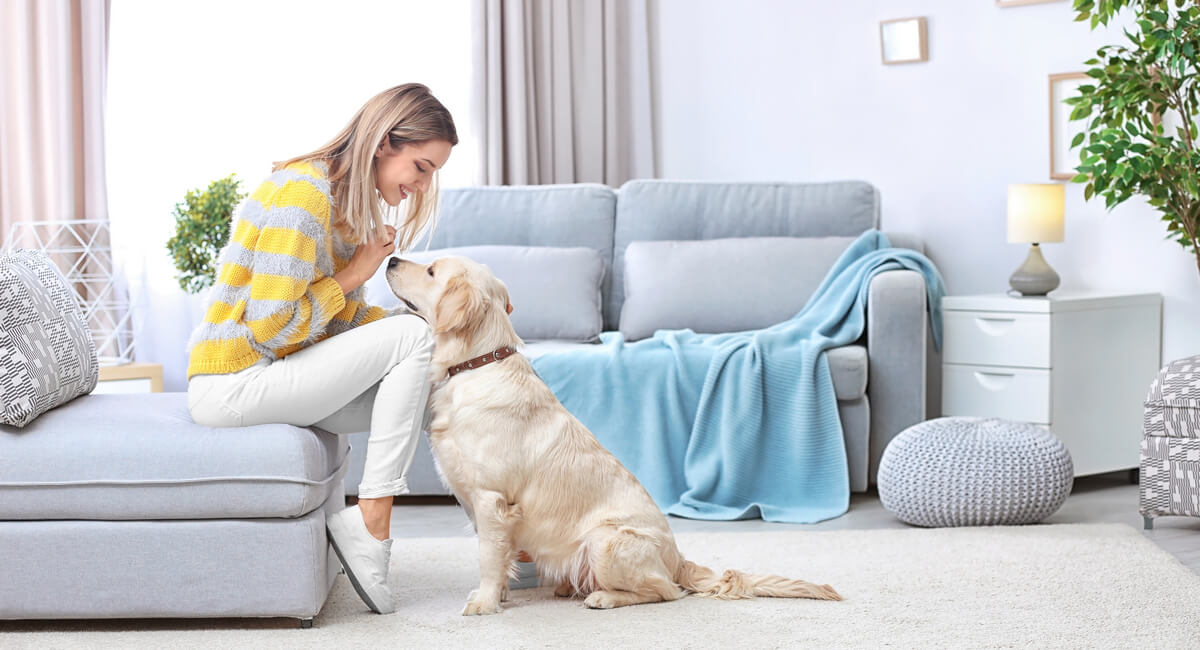
Check Your Pets Frequently
You should always keep an eye out for signs of pests on your pets. If you look closely at their fur, you might notice the bugs themselves. In many cases, the eggs and bite marks are easier to spot. It’s best to check your pets’ fur right before they come inside, especially if you live in an area with a lot of ticks.

Use Preventative Medicine
Flea and tick prevention medicine can be incredibly helpful. You could use a topical medicine, such as a shampoo or cream that kills pests and eggs. Pest prevention collars can be highly effective as well. The best option for you depends on the types of pets you have and how at-risk your pets are for pest problems. Some pet owners opt for pills, but oral medicine is more commonly used to treat existing infestations than to prevent them. You should consult with your veterinarian before using any type of pest-prevention medicine.
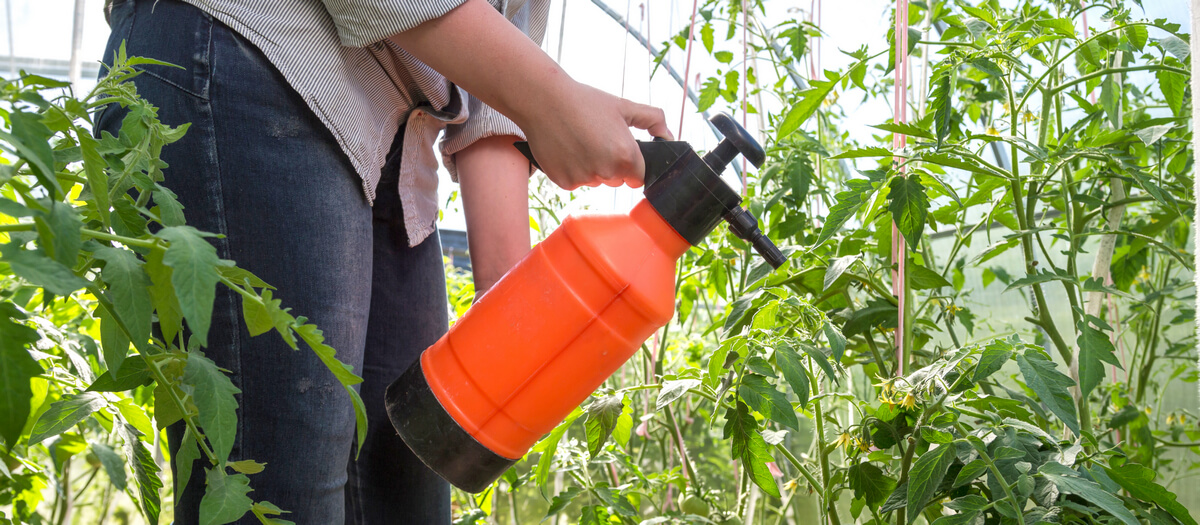
Treat the Yard and Garden
If the area around your home offers ideal conditions for fleas or ticks, your pets are at risk every time they step outside. You can prevent an infestation by treating your yard and garden with pest control products. Some homeowners choose to treat their lawn themselves, and others hire a pest control company. Professional pest control can be costly, but it typically offers the best results.
Pests like fleas and ticks can put your pets’ health at risk and make you feel uncomfortable in your own home. You can protect your household by keeping your home clean, treating the lawn with pest control products, inspecting your pets regularly, and using preventative medicine. If you take these steps to reduce your risk of infestation, you’ll give yourself greater peace of mind as spring and summer approach.

